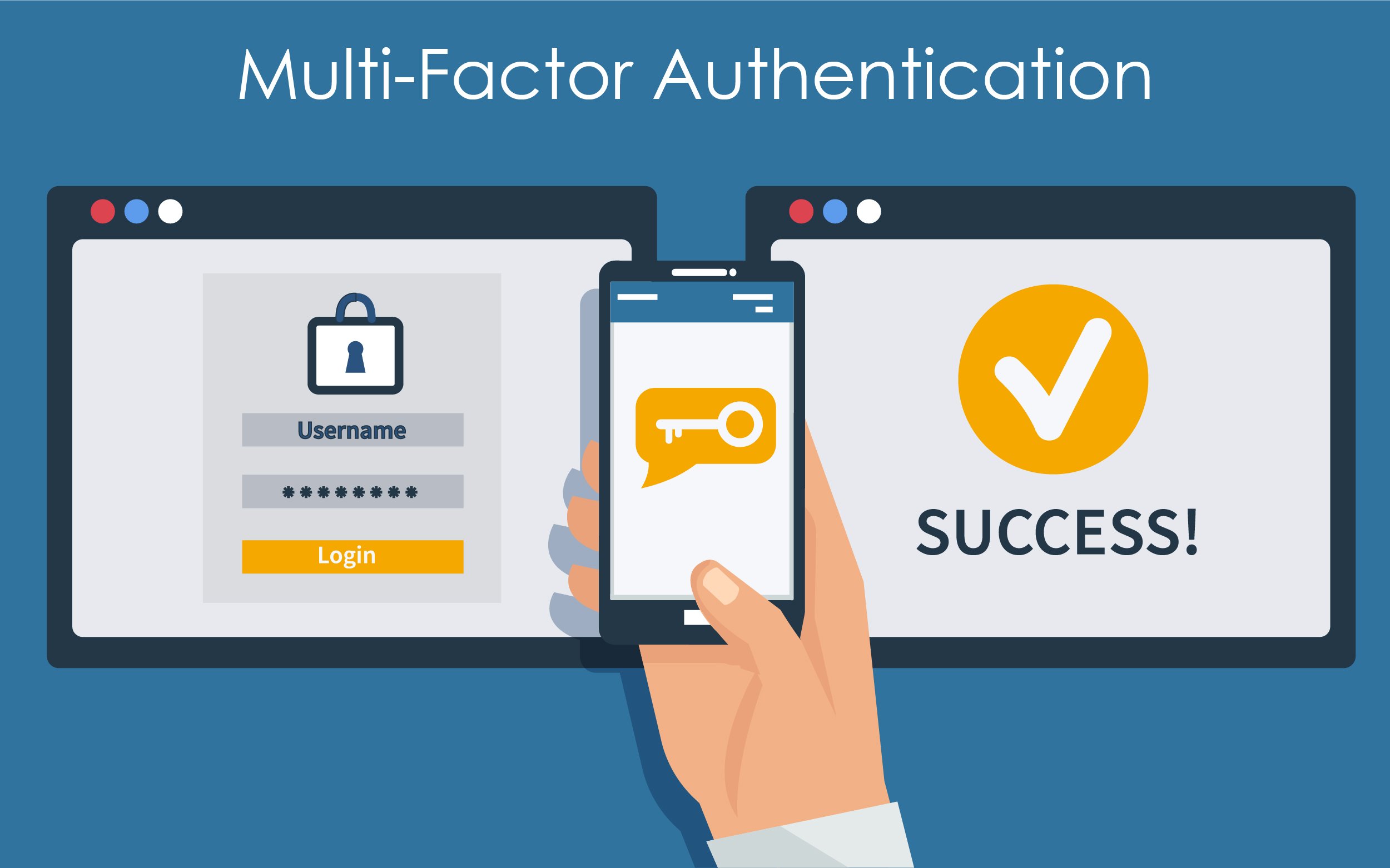In today's digital landscape, the prevalence of remote work has led to an increasing reliance on employees' personal devices for various tasks. From sending emails to accessing applications and reviewing documents, the convenience of utilizing personal devices for business productivity actions has become commonplace. While this trend offers undeniable benefits in terms of flexibility and efficiency, it also introduces new risks to sensitive company data.
As a business leader, keeping your sensitive company data secure is a top priority. As your organization adds more security controls, access to applications may become more cumbersome. You and your staff are required to sign-in to multiple systems daily, each has its own set of credentials (usernames and passwords) and authentication methods. It's easy to lose track of credentials, and IT administrators are getting bogged down with password resets in addition to applying security policy enforcement within each of the various applications.
Today, applications and files are no longer all contained within your four walls. Your staff may work from home or is on the move which means they are accessing your company's data and apps from multiple locations and on multiple devices. Your business might require complex passwords, but in reality, your staff is most likely using the same passwords across personal and business accounts...and the cybercriminals know it. To prevent unauthorized network access, you need to know who is knocking at your network's door before you let them in. With Multi-Factor Authentication, or MFA, you can do just that.
Backing up your critical data should be a fundamental part of every data protection strategy. With ransomware breaches and recovery costs nearly doubling over the last year, at 66% up from 37% and $1.85M up from $760K respectively, organizations cited data backups as the #1 method used to restore compromised data.
For years now, multi-factor authentication (MFA) has been at the top of the cybersecurity best practices list. MFA has proven to curb data breaches due to compromised credentials (usernames and passwords), and according to Microsoft, 99.9% of cyber-attacks on company accounts are preventable with properly deployed MFA. This is a statistic no business leader can afford to ignore.
Does it ever feel like the programs and applications put in place to increase productivity, reduce risk, and control costs evolve and change faster than adoption strategies can occur within your company? In fact, it may even be that productivity decreases, causing costs and risks to increase; the exact opposite of what you are trying to accomplish.
Cloud is becoming the preferred way of operating business, with 90% of businesses using cloud computing in one form or another. This fact is not surprising given the numerous benefits a company can realize such as hybrid work flexibility, increased collaboration, scalability, and so much more. While many organizations embrace this major shift to the cloud, one thing that must be a priority is your cloud security posture. But what is cloud security exactly?












